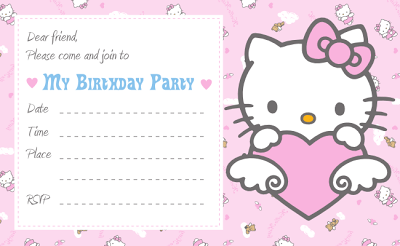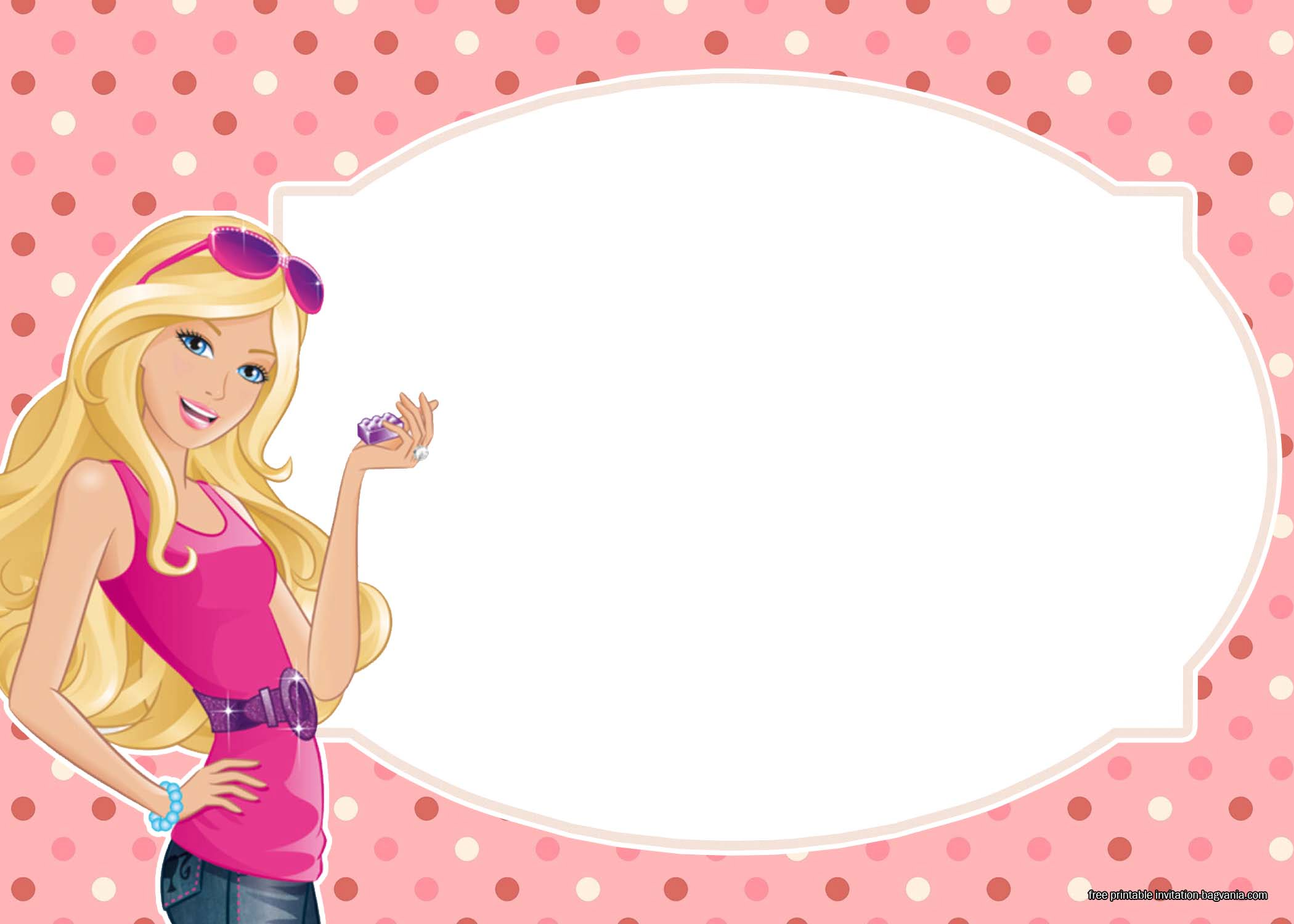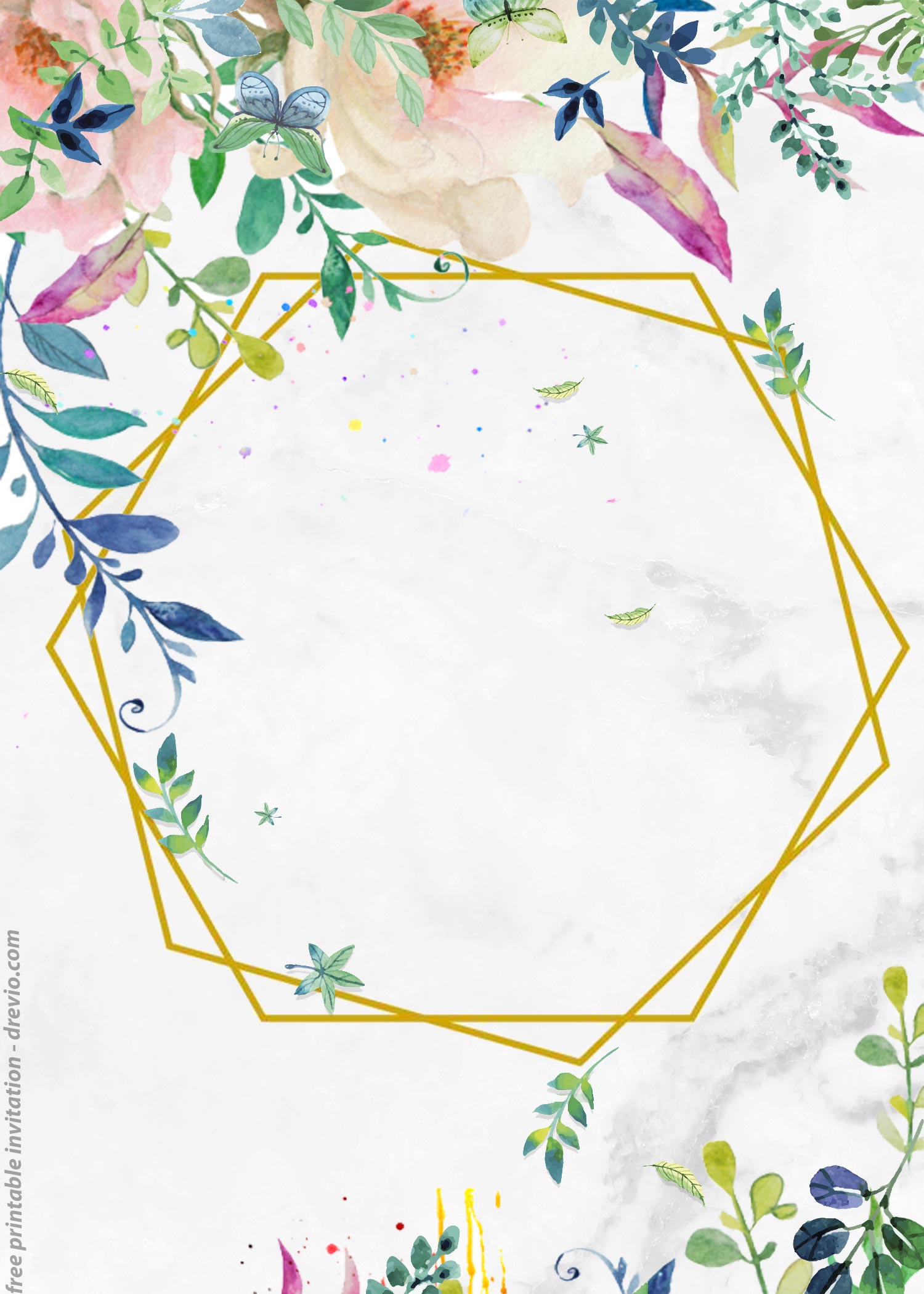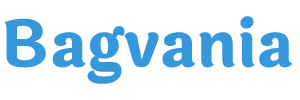Digraph activity worksheets offer a fun and engaging way for children to learn essential phonics skills. By focusing on two-letter combinations that create a single sound—such as “ch,” “sh,” “th,” and “wh”—these worksheets help young learners recognize and pronounce common sound patterns in words. With colorful illustrations, word-matching games, fill-in-the-blanks, and simple puzzles, the activities turn learning into play, making it easier for children to absorb new information while having fun.
These worksheets are also perfect for group settings, such as classrooms, playdates, or educational parties. Children can work together to solve word puzzles, take turns reading aloud, or race to find the right digraph match. Not only does this boost their reading and pronunciation skills, but it also encourages teamwork, communication, and confidence. Whether at home or in a group, digraph activity worksheets make learning feel like a game—supporting both academic and social development.
Mastering Digraphs
Digraphs play an important role in children’s reading development because they help bridge the gap between knowing individual letter sounds and reading full words fluently. A digraph is a combination of two letters that make one sound—like “sh” in ship, “ch” in chair, or “th” in thumb. Understanding digraphs allows children to decode words more efficiently, especially since many common words in English use these sound combinations. When children can recognize digraphs as a single sound unit, they’re less likely to get stuck sounding out each individual letter, which improves reading fluency and confidence.
Mastering digraphs also supports spelling and pronunciation. Once children know that “ph” makes an /f/ sound, for example, they can apply that knowledge when reading new words like phone or elephant. It builds a strong foundation for more advanced phonics and word recognition skills. In short, learning digraphs helps children move from just identifying letters to actually reading and understanding words—a big step in becoming confident readers.
Benefits of Worksheet-Based Learning
Activity worksheets prove to be a really fun and engaging tool that help children learn many different topics, while also boosting children’s development in many different areas. Here are some of the key benefits of learning digraphs with digraphs activity worksheets:
- Interactive and Engaging Learning
Activity worksheets make learning digraphs fun and hands-on. Children can color, trace, match, cut and paste, or solve puzzles—keeping them actively involved. This interactive approach helps them stay focused and interested while reinforcing phonics skills in a playful way. - Better Recognition of Letter-Sound Combinations
Through repeated practice with different digraphs like sh, ch, th, and wh, children become more familiar with how two letters can work together to make one sound. Digraph activity worksheets provide structured opportunities to recognize and use these combinations in a variety of words. - Improved Reading and Spelling Skills
By identifying digraphs in context, such as in word matching or sentence fill-in-the-blanks, children start to decode words more quickly and accurately. This supports both their reading fluency and their ability to spell new words correctly. - Development of Fine Motor Skills
Many digraph activity worksheets include writing, tracing, or cutting activities that help build fine motor coordination. These movements support handwriting development and overall pencil control, especially important for early learners. - Boosts Confidence and Independence
Worksheets often include simple tasks that children can complete on their own or with minimal help. Finishing a page successfully gives them a sense of accomplishment and builds confidence in their reading ability. - Great for Group Work and Social Learning
Digraph activity worksheets can be used in pairs or small groups, encouraging teamwork and discussion. Children can help each other, take turns reading aloud, or collaborate on games—making learning a social and cooperative experience.
Digraph Activity Worksheets
There are so many different types of digraphs activity worksheets that you can find in the internet, sometimes it can be hard to choose. The most important thing to consider is to cater to your children’s age and skill level.
1. Fill-in-the-Blank Worksheets
You can get your children on learning digraphs by giving them worksheets with incomplete words with missing digraphs. If your children are just starting, it is a great idea to focus on one single digraph at a time. These worksheets from kiddoworksheets.com are really great to start with. These digraph activity worksheets focus on one digraph, and gets children to fill in these letter combinations into common words. The fun illustrations serve as a clue for them to decode and sound the word, they can also choose to color these pictures, which adds a fun layer to their learning!


2. Cut and Paste Sorting
Children cut out word or picture cards and sort them into columns based on digraphs like ch, sh, th, and wh. This physical sorting activity reinforces categorization and helps children visually group similar sounds. Not to mention that it is a fun activity for so many children, which keeps them engaged in the learning process. You can try this cut and paste sorting digraph worksheet from cleverlearner.com.

If your children are already at a higher level in their learning, you can challenge them with this worksheet below. They are to cut and paste the correct digraph from the options provided below. This sharpens their spelling and decoding skills in a fun and engaging way.

3. Digraph Match-Up
Children match words or pictures that share the same digraph sounds—for example, matching shoe and ship for the “sh” sound. You can include a word bank and corresponding images to support early readers. This helps reinforce sound recognition and vocabulary building.

Making it a Group Activity
When children complete digraph activity worksheets together, they build important social skills alongside their reading abilities. Group work encourages teamwork, communication, and patience as kids take turns, share ideas, and help each other. It boosts confidence through peer support and creates a fun, cooperative learning environment where children feel motivated and included. Working together also gives them a chance to practice empathy and develop positive ways to solve conflicts—all while reinforcing their phonics skills in an engaging and meaningful way.
With some creative tweaks here and there, you can turn your digraph activity worksheets into some really fun games to get all the children involved. Here are three simple ideas that you can try:
1. Digraph Bingo
Create bingo cards with digraph words (like chip, shop, thin, whale) in each square. Call out the digraph sound or show a picture (e.g., a picture of a ship for “sh”). Children mark the matching word on their cards. First to get a row shouts “Bingo!” This game reinforces sound recognition and vocabulary in a lively, group-friendly way.
2. Digraph Detective
Turn a digraph activity worksheet into a mystery hunt! Give children a page with a short paragraph or list of sentences containing hidden digraph words. Their mission is to find and circle all the words that have a specific digraph (like “th” or “ch”). To add excitement, they can work in pairs or teams with a timer and see who finds the most “clues.”
3. Digraph Roll & Color
Prepare a digraph activity worksheet with sections containing words or pictures grouped by digraph (e.g., a sh column, a ch column, etc.). Assign each digraph a number on the die (1 = sh, 2 = ch, etc.). Children roll the die, then find and color a word or picture that matches the rolled digraph. It’s great for small groups and keeps everyone engaged through chance and choice.
Free Invitation Templates
To add even more excitement to group learning, you can include fun invitation that let children invite their friends to a digraph-themed activity or party. These printable invitations allow kids to practice writing simple sentences using digraph words while getting creative with coloring and decorating. Whether it’s for a classroom phonics party, a literacy playdate, or a themed worksheet game day, these invitations make the experience feel extra special—and give children a meaningful way to use their new reading and writing skills in a real-world context. You can start by clicking these links below, the templates are free to download and easy to edit!
- 7+ Safari Animals For Boys Birthday Invitation Templates
- 7+ Cool Alien Spaceship For Birthday Invitation Templates


Final Thoughts
Digraph activity worksheets are a fun, effective, and versatile tool for helping children build strong foundational reading skills. With engaging tasks like matching, coloring, sorting, and puzzles, these worksheets make learning digraphs exciting and accessible. They encourage children to recognize common sound patterns, decode words more confidently, and improve both their reading and spelling abilities—all while enjoying the process.
Even better, these activities shine in group settings where children can collaborate, communicate, and support one another. Whether used in classrooms, at home, or during educational playdates, digraph activity worksheets bring together learning and social growth in a playful, meaningful way. Paired with themed invitations and worksheet-based games, they create a complete, enjoyable learning experience that kids will look forward to again and again.































